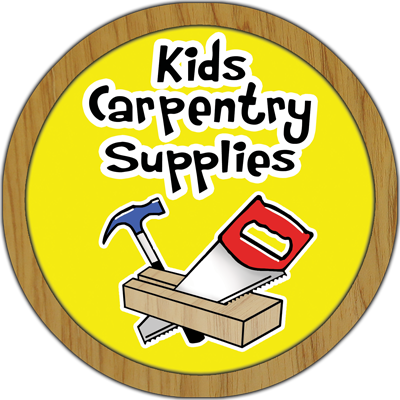Woodwork - Learning Outcomes
- Adapted from Pete Moorhouse (Irresistible-Learning)
This resource is a list of just some of the many learning outcomes associated with woodwork in early years education. These emphasise the rich learning and development opportunities associated with woodwork.
Woodwork in early years:
Develops children's sense of agency- that ‘can-do’ spirit
Encourages persistence
Develops hand-eye coordination, fine and gross motor skills
Encourages perseverance with challenging tasks
Builds self-esteem
Builds on children’s ability to self-regulate
Provides numerous opportunities for problem solving
Allows children the opportunity to play - tinkering, exploring the possibilities of wood and tools
Allows children to express their imagination in a new medium
Draws in children’s curiosity-engaging children
Encourages extended periods of focus and concentration
Allows children to experience risk in a controlled environment
Provides opportunity for authentic hands on learning, real tools, real wood, real problems and solutions
Elicits high levels of enjoyment and achievement
Allows children to experience making and repairing (countering consuming disposing)
Leaves an embedded memory – kinaesthetic learning being recalled many years later
Provides multiple layers of learning with opportunities to build on previous learning
Develops creative thinking
Develops critical thinking, analysing, synthesising
Provides opportunities for collaboration, and working together
Provides opportunity for open ended exploration, inquiry based learning
Provides a ’material’ for investigation. Does wood burn? Float? How strong is wood? etc.
Promotes language and new vocabulary
Learning through observation
Develops mathematical thinking, and mathematical vocabulary
Develops meta-cognitive thinking as children reflect, evaluate and collaborate
Provides opportunity to experience cause and effect
Can engage children with literacy through numerous books about wood
Engages children who often find it hard to focus
Provides an opportunity to counter stereotyped roles
Encourages independence and decision making
Facilitates creations of new neural pathways
Gives children a feeling of responsibility- by being trusted to use real tools
Provides opportunities for children to try new experiences
Develops empathy and seeing things from others perspectives
Encourages self-care and awareness of others
Provides opportunity to repeat schematic behaviour /observe children’s schemas
Makes learning irresistible and develops passion for learning
Develops strong sense of self-efficacy – belief in their ability to succeed
Develops a disposition to recover quickly from set-backs and disappointments
Provides children with a truly cross- curricular activity embracing all areas of learning
Develops children’s interest to exploring further creating a multi-layer learning experience
Promotes children’s well-being through absorption in the state of creative ‘flow’
